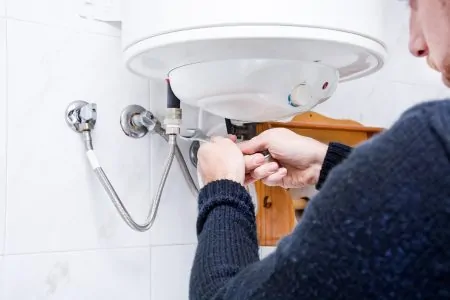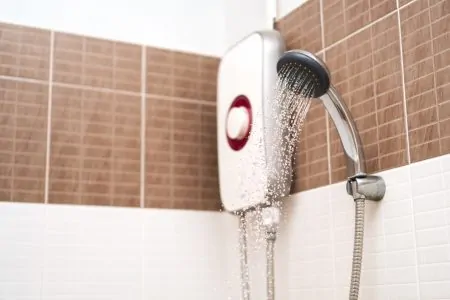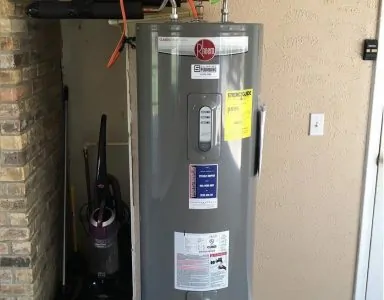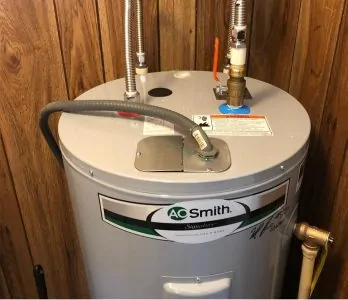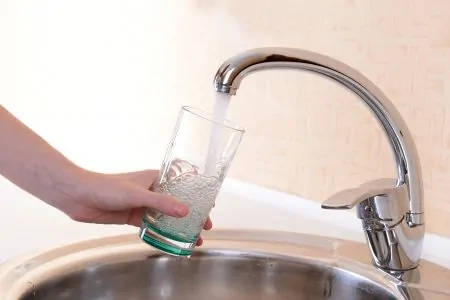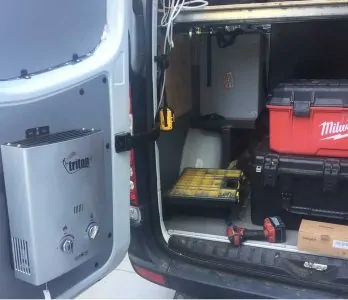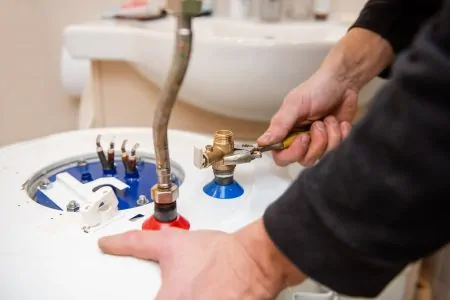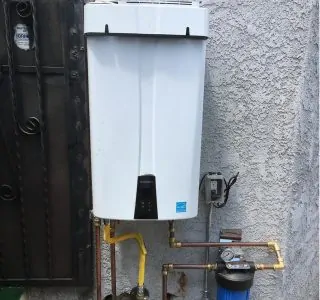Does your home have a tankless water heater? Have you recently switched from a traditional tank to a tankless unit? Even with a tankless heater, regular maintenance is needed for it to work properly.
Knowing how to maintain your boiler might help you resolve issues without the cost of a professional. Even if you can’t solve the problem yourself, you will have a deeper understanding of how it works and the steps necessary to repair it.
This article will explain some of the most common problems that can be prevented or spotted early with regular maintenance. It’s worth spending some time to avoid spending money on a maintenance service every time something goes wrong.
Key Takeaways
- Perform regular maintenance: Clean and descale your tankless water heater annually to prevent problems and maintain efficiency.
- Common issues: No hot water, water not hot enough, temperature too high, noisy unit, and water leaks are some typical problems that can occur.
- Flushing frequency: Flush your tankless water heater at least once every 12 months to prevent mineral buildup and clogging.
- Professional help: If you’re unsure about the issue or need assistance with gas supply problems, contact a professional for help.
Importance of Regular Maintenance
As with any other appliance in your home, you can encounter issues with your tankless water heater. They are easier to maintain than traditional tanks, but that doesn’t mean you can simply ignore them after installation.
Performing regular maintenance checks will identify problems or keep them from escalating. If you’re wondering how often to flush or how often to clean, you should do both about once per year.
Preventative annual maintenance will mainly consist of cleaning the various parts of your tankless water heater. It also includes checking fittings and annually descaling and flushing the heater.
Descaling and Flushing the System
In time, water heaters can suffer scaling and other issues due to hard water. Fortunately, descaling and flushing your water heater is simple as long as you have the right tools. Here’s how to clean it.
- Ensure you have a sump pump, a five-gallon bucket, and a standard hose set.
- Check that your tankless water heater has a flush kit installed. If no flush kit is installed, you will need to contact a plumber to install one. A flush kit is essential if you want to perform proper maintenance.
- Turn off both the gas and water supplies. The electricity should stay on.
- Drain both the hot and cold water supplies. You will usually see more cold water than hot water draining.
- Remove the prefilter and check if it’s clean. If it’s clogged, clean it before flushing.
- Pour three gallons of distilled white vinegar into your five-gallon bucket.
- Place your sump pump at the bottom of the bucket with the vinegar.
- Connect the other end of the hose to the cold side and run the other hose through the hot side and back into the tank.
- Plug the tank in and let it run for an hour.
Other Common Tankless Water Heater Problems
1. No Hot Water
Not having any hot water at all is perhaps the most common issue you will encounter with your on-demand water heater. If there’s a fault, it is usually one of three things:
- Lack of power.
- Faulty thermostat.
- Faulty upper electric heating element.
If this happens to you, be sure to check the power and water supplies. Resetting tripped breakers or replacing broken fuses should resolve issues with the electrical supply. After this, check the thermostat.
Take Note
If your thermostat is receiving power but it still isn’t working, you might need to replace the thermostat and the heating element.
Other common causes of no hot water are frozen pipes, a partially opened tap, or closed shut-off valves.
2. Water Isn’t Hot Enough
This is another common issue that may arise. If your water is too cold, it could be due to a few reasons. Your thermostat or heating element could be faulty as stated above. It could also be due to the heater being too weak or crossed hot and cold connections.
Lukewarm or cold water could mean your unit’s flow rate can’t keep up with the demand. A simple test is to run one appliance to see if the water temperature is okay. Then, turn on a second, and then a third until the temperature starts to decrease.
Has the hot water demand in your household recently changed? If so, it could mean your peak demand is now higher than your unit can deliver. You will need to look into getting an additional unit or replacing your current heater with a more powerful one.
To check for a crossover, turn off your water supply, then turn on your hot water faucet. If there is no water flow, you don’t need to worry. However, if you still have water flow there is an issue. Follow these steps to check for a crossover.
- Shut off the cold water entering your unit: no water will flow to your faucet after this.
- Open all the hot water valves in your home and leave them open for 10 minutes. There should be no water coming through these.
- If there is water, a crossover is to blame.
- Locate your bad faucet cartridge by turning off all faucets. One at a time, turn on and listen to all single-handle faucets to find the source.
3. Temperature Too High
If your water is too hot, lower the temperature on your water heater thermostat. If this doesn’t work, check your water temperature sensor as it might be broken or improperly positioned. You can try repositioning it so it’s snug against the pipe, or replace it if it’s broken.
4. Unit Is Noisy
If your water heater is noisy, check the fan. There might be debris stuck in it, in which case cleaning it out should help. Depending on the pitch of the noise, it could be another issue.
Low-Pitched Hum
A low-pitched hum usually means the water inside is boiling. This is caused by sediment build-up in your system. You can fix this by flushing the system out.
High-Pitched Whining
If the noise is more high-pitched, it could be due to a build-up of scale inside your system. To address this, flush the water heater and clean the heating elements.
For improved heat-transfer efficiency, it’s worth installing low-watt density heating elements with a larger surface area.
5. Water Leaks
Leaks are another issue you need to be aware of. If you see a leak in your system, it could be a major problem. A few different things can cause leaks.
- Faulty temperature & pressure relief valve: Flush the system. If the leak persists, it will need replacing.
- Too much pressure: Lower the thermostat setting and check for loose pipe connections. Tighten any loose connections you find.
- Leaks from the plumbing: This might mean you simply need to tighten the pipes or use plumbers tape to seal them.
- Loose heating element bolts: Tighten any loose bolts. If the leak persists, replace the gasket.
FAQs
Take Care of Your Tank
Perhaps the most daunting aspect of being a homeowner is having to maintain your household appliances. You are responsible for taking care of things when issues arise, which can be stressful. That’s why regular maintenance and an annual tankless water heater service are so important.
By performing regular tankless water heater maintenance, you can prevent major issues from occurring. As long as you remember how often to descale and flush the system, at least every 12 months, you will take care of most potential problems.
